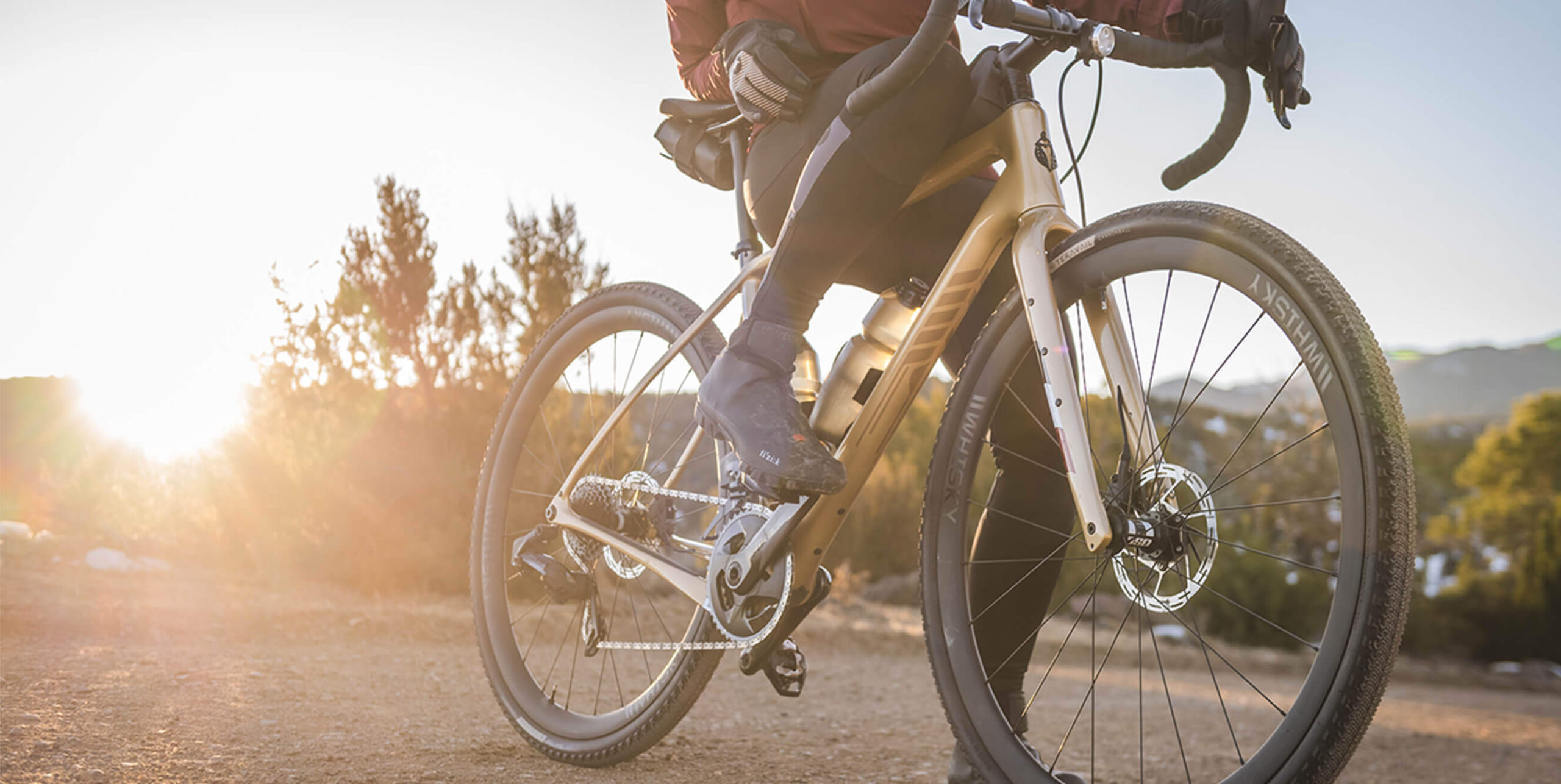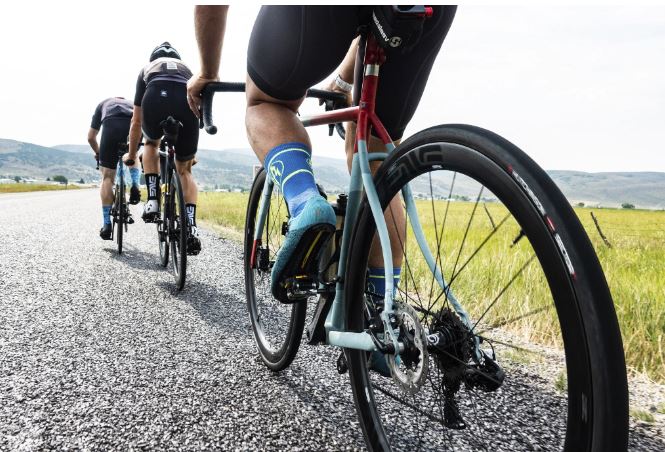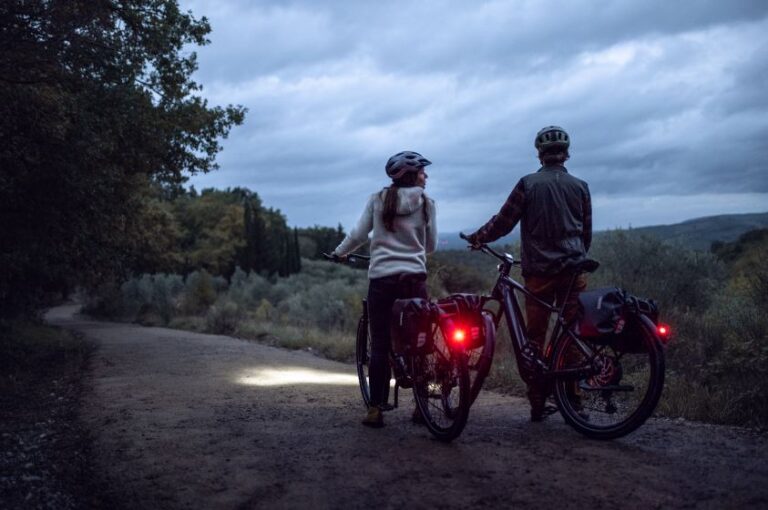The Evolution of Road E-Bikes: Pedaling Into The Future

Key Point Summary of The Evolution of Road E-Bikes:
- The Dawn of E-Bikes: Introduction to the concept and early models.
- Technological Advancements: Key developments in motor and battery technology.
- Integration and Design: How e-bikes have become sleeker and more efficient.
- The Road Ahead: Future trends and potential advancements.
As a masters cyclist who has delved deep into the world of racing and riding across mountain, gravel, and cyclocross terrains, I’ve witnessed the remarkable evolution of bicycles. Among the most transformative changes I’ve seen is the rise of road e-bikes.
The evolution of road e-bikes is a narrative that mirrors the broader shifts in cycling culture and technology. Initially viewed with skepticism, e-bikes have gradually carved out a niche, offering a blend of traditional cycling joy with the added benefit of electric assistance. Let’s dive into this evolution, highlighting the milestones that have defined the journey of road e-bikes.
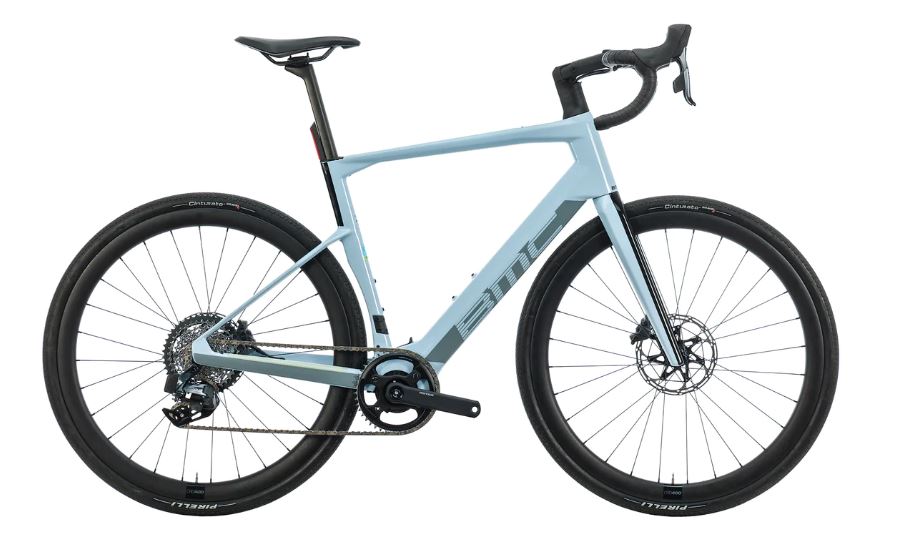
The Early Days
The concept of electric bicycles isn’t new, with patents dating back over a century. However, the early iterations were far from what we would recognize as road e-bikes today. They were often cumbersome, with bulky batteries and motors that offered limited assistance. My first encounter with an e-bike prototype left me both intrigued and skeptical. It promised easier climbs and longer rides, but the technology felt unrefined, and the added weight was noticeable.
Technological Leap
The real transformation began with advancements in battery and motor technology. Lithium-ion batteries replaced heavier alternatives, offering higher energy density and longer life spans. Meanwhile, motor technology evolved to provide smoother, more efficient power assistance.
These advancements significantly reduced the weight and improved the performance of road e-bikes, making them more appealing to a wider range of cyclists. Witnessing these changes, I quickly realized that e-bikes were not just a passing trend but a significant shift in cycling’s future.
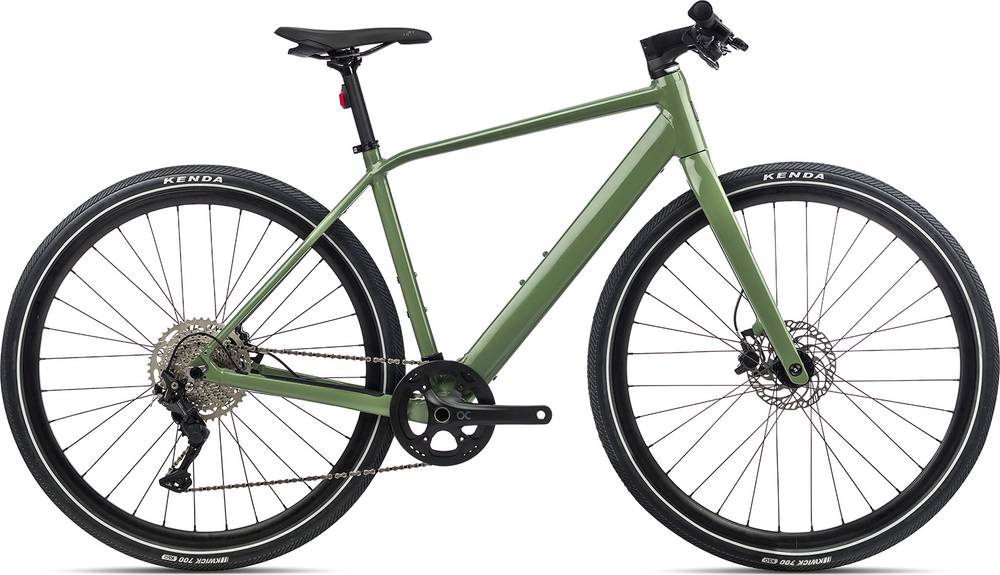
Design Evolution
As technology advanced, so did the integration of motors and batteries into the bike’s design. Early models often had their components awkwardly tacked on, but today’s road e-bikes feature sleek, integrated designs that are sometimes indistinguishable from traditional road bikes.
This integration has not only improved aesthetics but also the bikes’ aerodynamics and overall performance. The moment I rode a modern road e-bike, with its seamless design and intuitive power assistance, I was sold on the concept. It felt like riding a regular bike, but with a hidden power boost that kicked in exactly when needed.
One of the most highly recommended and top overall picks for a road e-bike is the Specialized Turbo Creo SL. This model is celebrated for its lightweight design, advanced motor technology, and extensive range, making it a favorite among both casual riders and more serious cyclists looking for a powerful, efficient, and versatile road e-bike experience.
The Road E-Bike Experience
Riding a road e-bike is about more than just the ease of climbing hills or the ability to ride longer distances. It’s about accessibility and inclusivity. E-bikes have opened up the world of road cycling to more people, making it less daunting for beginners and offering seasoned cyclists a way to continue enjoying long rides even when their physical condition might not allow for it. The joy of cycling, the freedom of the open road, and the community around it have all been enhanced by the advent of road e-bikes.
Looking to the Future
The evolution of road e-bikes is far from over. We are on the cusp of further innovations, from even lighter and more efficient batteries to smarter integration of technology, such as GPS and performance tracking directly into the bike’s system. The potential for solar charging panels and energy recovery systems could extend the range of road e-bikes, making them even more versatile.
The journey of road e-bikes from niche curiosity to a mainstream cycling option is a reflection of cycling’s adaptability and the constant quest for innovation. As a cyclist who has experienced firsthand the evolution of these machines, I am excited about the future. Road e-bikes have not only expanded the horizons of what’s possible on two wheels but have also brought more people into the cycling fold, enriching the community and the sport itself.
In conclusion, the evolution of road e-bikes is a vivid chapter in the larger story of cycling. It highlights how innovation can transform an activity, making it more accessible, enjoyable, and inclusive. As we pedal forward, the road e-bike stands as a symbol of progress, a bridge between tradition and technology, and a reminder of the endless possibilities that lie ahead on the open road.
John
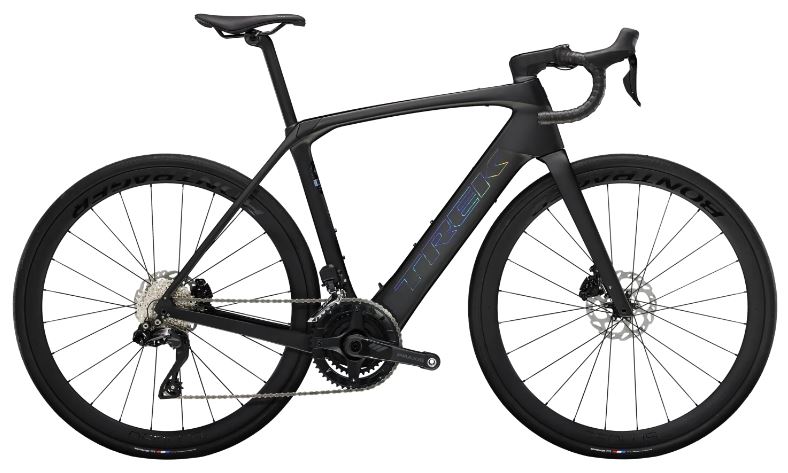
FAQ
What is the history of electric bikes?
The concept of electric bicycles dates back to the 1890s with various patents for electrically powered bicycles. However, significant development and popularization occurred in the late 20th and early 21st centuries, with advances in battery and motor technology making e-bikes more practical and appealing.
How has the bike evolved over time?
Bicycles have evolved significantly since their invention in the 19th century. Starting from the early wooden prototypes to the high-tech carbon and aluminum bikes of today, they have undergone changes in design, materials, and functionality. Innovations include the introduction of gears, suspension, and more efficient braking systems, leading to specialized bikes for different terrains and purposes.
What is a road e-bike?
Road e-bike combines the lightweight, aerodynamic design of traditional road bikes with an electric motor and battery for pedal assistance. This allows for faster speeds and less fatigue on long rides, making road cycling accessible to a broader range of riders.
Are Ebikes faster than road bikes?
E-bikes can be faster than traditional road bikes under certain conditions, thanks to the electric motor that provides pedal assistance, especially on uphill sections and over long distances. However, on flat terrain and under human power alone, a well-conditioned cyclist can match or exceed the speed of an e-bike, as e-bikes are typically governed to limit their maximum assisted speed (e.g., 25 km/h or 15.5 mph in many regions).
